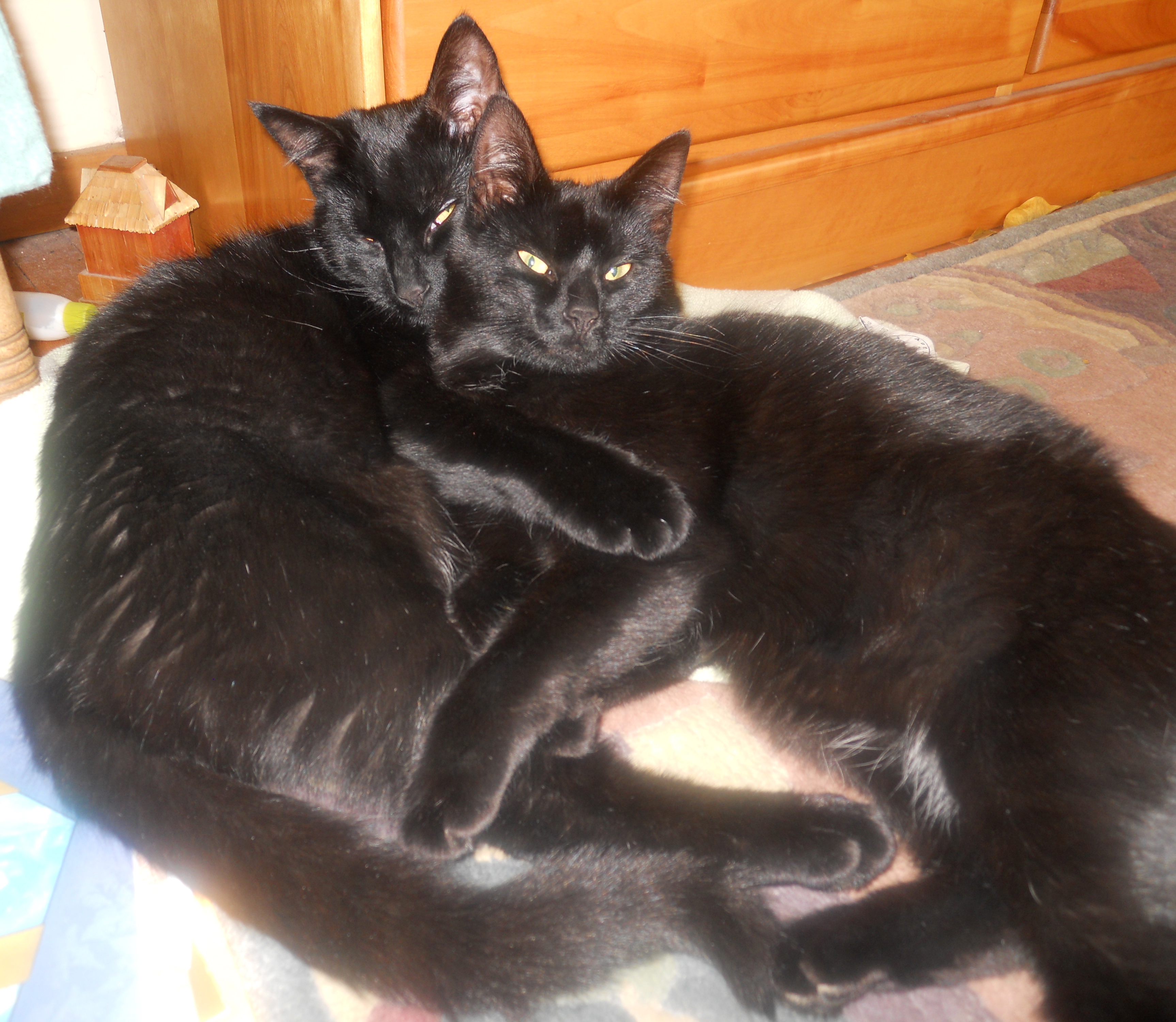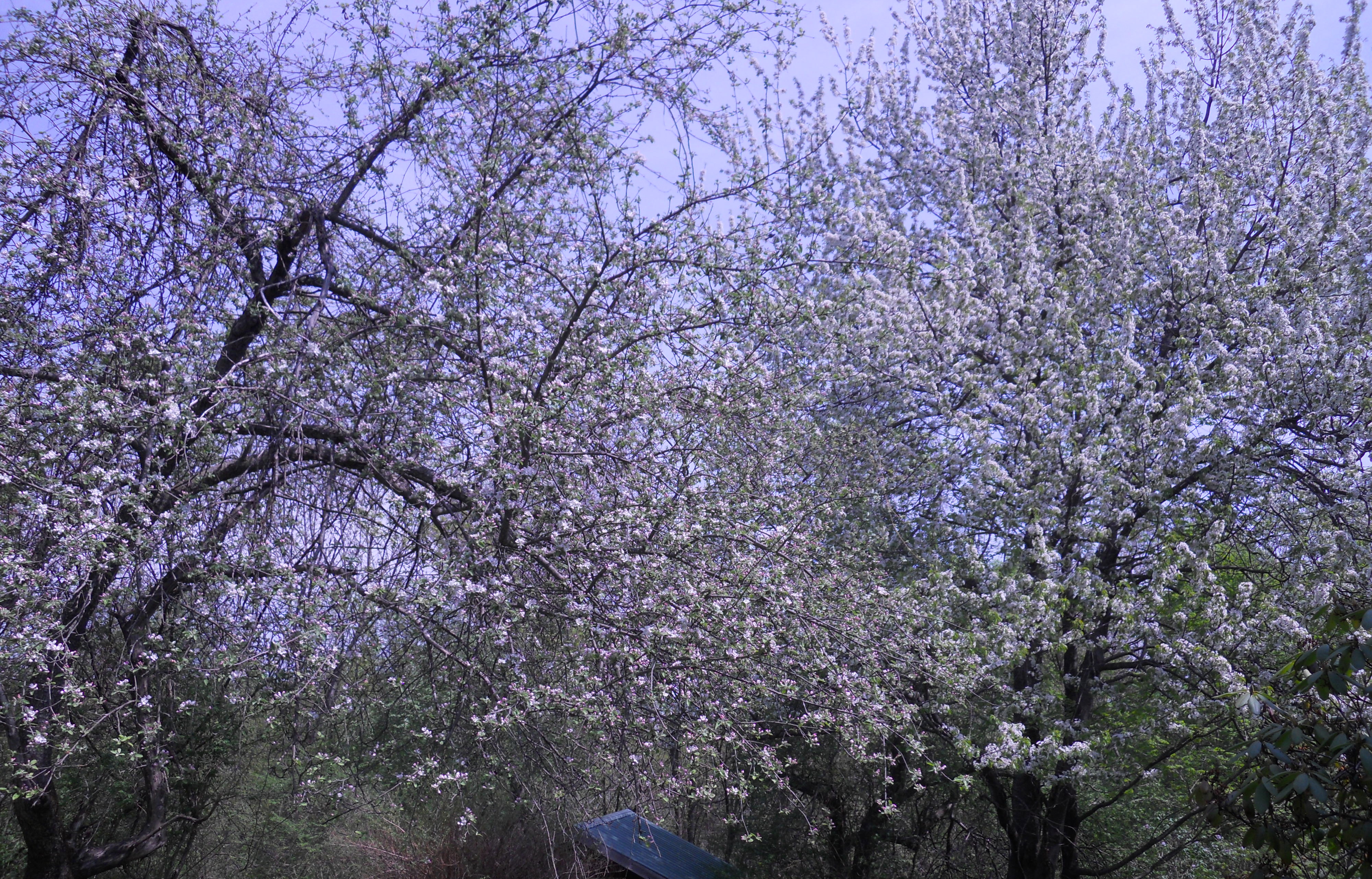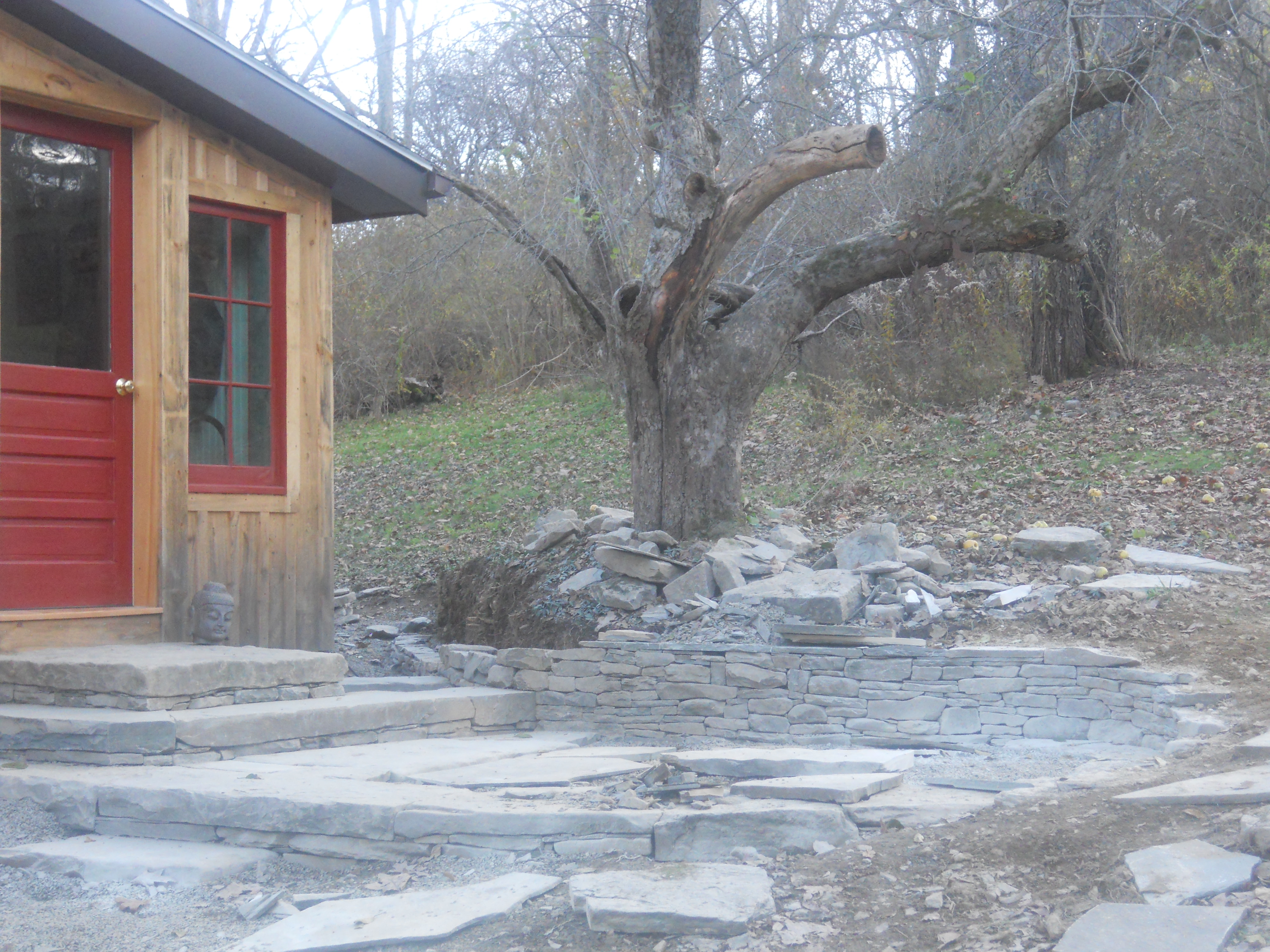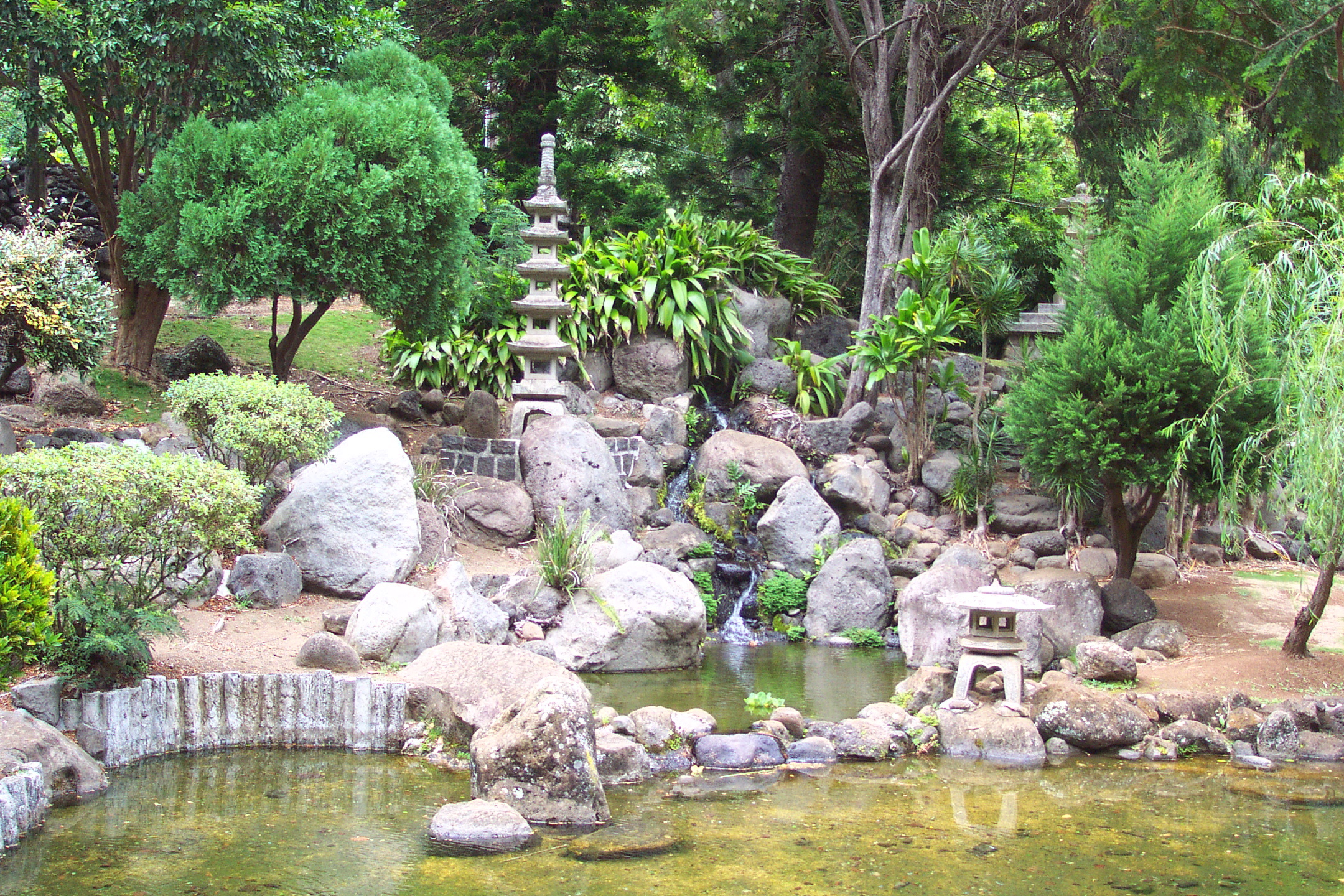Every morning when I wake up, I resurrect the world. I check the time, look out the window, remember my schedule. When at home, I especially check up on those I love. I look over to see if my wife is next to me. I look for each of my three cats and worry if one is missing. They have a cat window and go in and out at will. I think of my Dad and other family members. This is, of course, what caring and love entails. But love, especially when it leads to marriage or an ongoing relationship, is much more than the emotion of love. It is part of my identity. It is a way of saying ‘yes’ to the world. So every morning, to orient myself, I check on those I love.
If I don’t find one of our cats, I think of him or her as lost, missing. Lost is an awful place to be. It is a black hole in my consciousness that disorients me. Being lost, or not knowing what has happened, makes my day difficult. I try to fill in the hole with conjectures but can’t quite make any conjecture stick.
We create this disorientation or sense of something missing in many ways. It is one primary way we torment ourselves. I formulate a goal and create a sense of something missing until the goal is achieved. I see something I want and feel the lack of it until I get it. I have a discussion with someone and don’t say all that was in my heart to say, and feel what was unsaid as a missed opportunity or a lie. I have an idea of how my class will go; I have my lesson plan. But if it doesn’t go as I wanted it to or how I thought it should, I feel bad afterwards, or that I am just not as good a teacher as I should be. And then there are the ways other people/institutions treat me or I interpret how they treat me. These lacks are disorienting and knock us off-center.
It is easy to lose sight of how we each orient ourselves. A few years ago, I was on my first visit to Turkey. It was a tour, and we were in a new place every second or third day. I woke up one morning with a sense of panic. I didn’t know where I was. The smells were confusing, and the curtains opposite the bed were clearly not from my home. We think we wake up and are just there, wherever there is, and don’t realize what goes into being there, or here.
In Buddhism, this sense of lack is likened to thirst. When we’re thirsty we feel the pain of missing fluid and nutrients. Our body needs nourishing. But how do we think about our thirst or what story do we tell ourselves about how to fill or end it?
We often try to fill this lack and orient ourselves with beliefs, ideas, identities of all kinds, often stories and images of who we are as somehow separate from the rest of the world. A story can fit elements of the world into a narrative in order to make sense of it all. Space and time are how we lift the story of our self from the pages of memory, emotion and intellect into the three (plus) dimensional world we live. The world is whole and complete. But the story is never complete, and can’t be completed. Reality always far exceeds our ability to imagine, explain, or write about it. To expect any story to fully capture or complete us is doomed to fail, is doomed to add to our sense of thirst, confusion, or of something lacking in us and/or the world.
We might never be able to totally free ourselves from narrating our lives. But since this story making is near the heart of our world, when we slow down our thoughts and aren’t judgmental, we can be aware of what we do and how we do it. We can step out of any particular story of lack but not the reality of how stories are created. Zen teacher Albert Low said: “When we awaken, we do not awaken from the dream; we awaken to the dream.” We can realize ourselves as the story-maker, not just the story; or more accurately, as the act of creating, as well as the creation, a moment when the world speaks, not a separate self. When that happens, we are more clearly oriented and the story that is written is likely a good one, and a loving one.










